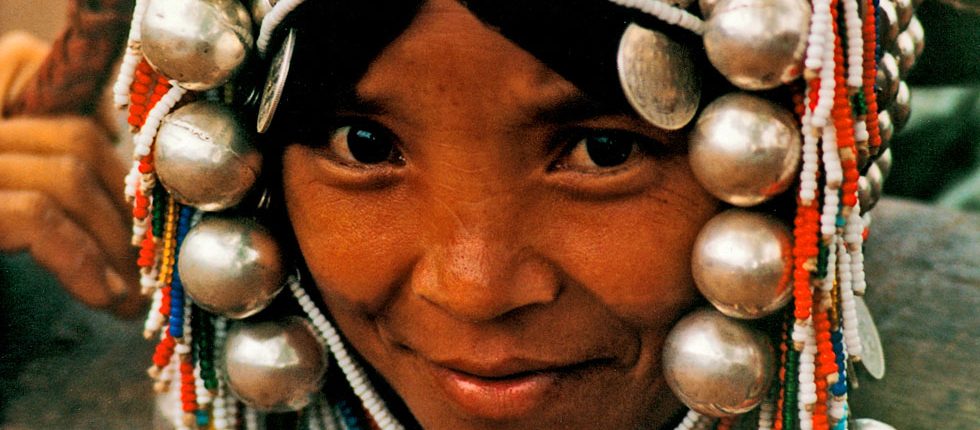Thailand
Top tip: Weekend market on week days

Geography
Thailand is bounded by Burma, to the west, the Indian Ocean, to the east and Malaysia and the Gulf of Thailand to the south. Kampuchea and Laos dominate the northern borders.
Although Thailand is relatively prosperous, by Asian standards, it is a predominantly an agricultural economy with the main crops including rice, sugar, maize, rubber, cotton and tobacco.
The climate is generally hot, particularly between mid-February and June. The monsoon season runs from May to October.
Facts and Figures
| Area | 513,115 sq km (198,115 sq miles). |
|---|---|
| Population | 63,878,267 (2010 estimate). |
| Capital | Bangkok- population 9,100,000 (2010 estimate) |
| Language | Thai is the official language. English is widely spoken, especially is establishments catering for tourists. |
| Religion | The vast majority adhere to Buddhism (Theravada form), 4 per cent and Muslim and there are Christian minorities. |
| Time | GMT + 7 |
Highlights
Thailand’s capital, Bangkok, is an exciting contrast of ancient and modern, culture and decadence. Dinner on one of the hotel patios, over looking the Chao Phraya River with its amazing variety of water-borne traffic is hard to beat. The Grand Palace, set among beautiful gardens houses in its main chapel the famous Emerald Buddha, made of jasper. Don’t miss a visit to Watt Po, the Temple of a 45 metre long Reclining Buddha. You can visit the house of Jim Thompson, a Thai silk entrepreneur who disappeared without trace in Malaysia, furnished with a superb art collection. Watt Traimit, now known as the ‘Temple of the Golden Buddha’ houses a solid-gold 5 ton Buddha. The Floating Thonburi Market is still regarded as one of the most unique and colourful markets in the world.
Outside of Bangkok, Chiang Mai is a must-see, the gateway to the northern hill region, and the beaches of Phuket, Krabi and Ko Samui are also not to be missed. Thai boxing is very much a part of everyday life in Thailand – catch a match if you have time, and make sure you take a cookery class to find out how best to use all the wonderful fresh Thai flavours.
Known as the ‘Land of Smiles’, Thailand lives up to its reputation with the welcome it gives visitors. Thailand’s culture stretches back more than 700 years to when it was known as Siam. Modern day Thailand offers stunning beaches, lush countryside, friendly people and a colourful culture intermingled with fascinating historical sites and the comforts of some of Asia’s finest hotels. Imposing mountains, idyllic sandy beaches and a mystical culture will remain prevalent in one’s memory of Thailand for many years to come.
The Thai people (the majority of whom are Buddhist) come from a long history of courtesy which makes this one of the world’s friendliest places to visit. The infamous Bangkok nightlife, with its clubs, massage parlours and open-air restaurants, is a world away from mountain treks in the north and the white beaches of the islands. It is also a shopper’s haven for those who want to buy Thai silks, cottons, lacquer ware, bamboo artefacts and silver.
History
The Kingdom of Thailand, known as Siam until 1939, was ruled by the Khmers, based in neighbouring Kampuchea during the 11th and 12th centuries. In 1238 two Thai princes rebelled against Khmer domination and established the first independent Thai kingdom.
Thailand is the only Southeast Asian nation not to have been colonised.
In 1932 a peaceful coup converted the country into a constitutional monarchy and in 1939 the name was changed from Siam to Thailand.
During WWII, Thailand and Japan signed an alliance which led to many thousands of Asian labourers and allied POWs to work on the Thailand-Burma Death railway.
Since the end of World War II the army has controlled the government for all but a few brief periods of civilian rule.
Interested in Thailand? Call +44 (0)20 7604 4408 for expert holiday advice








